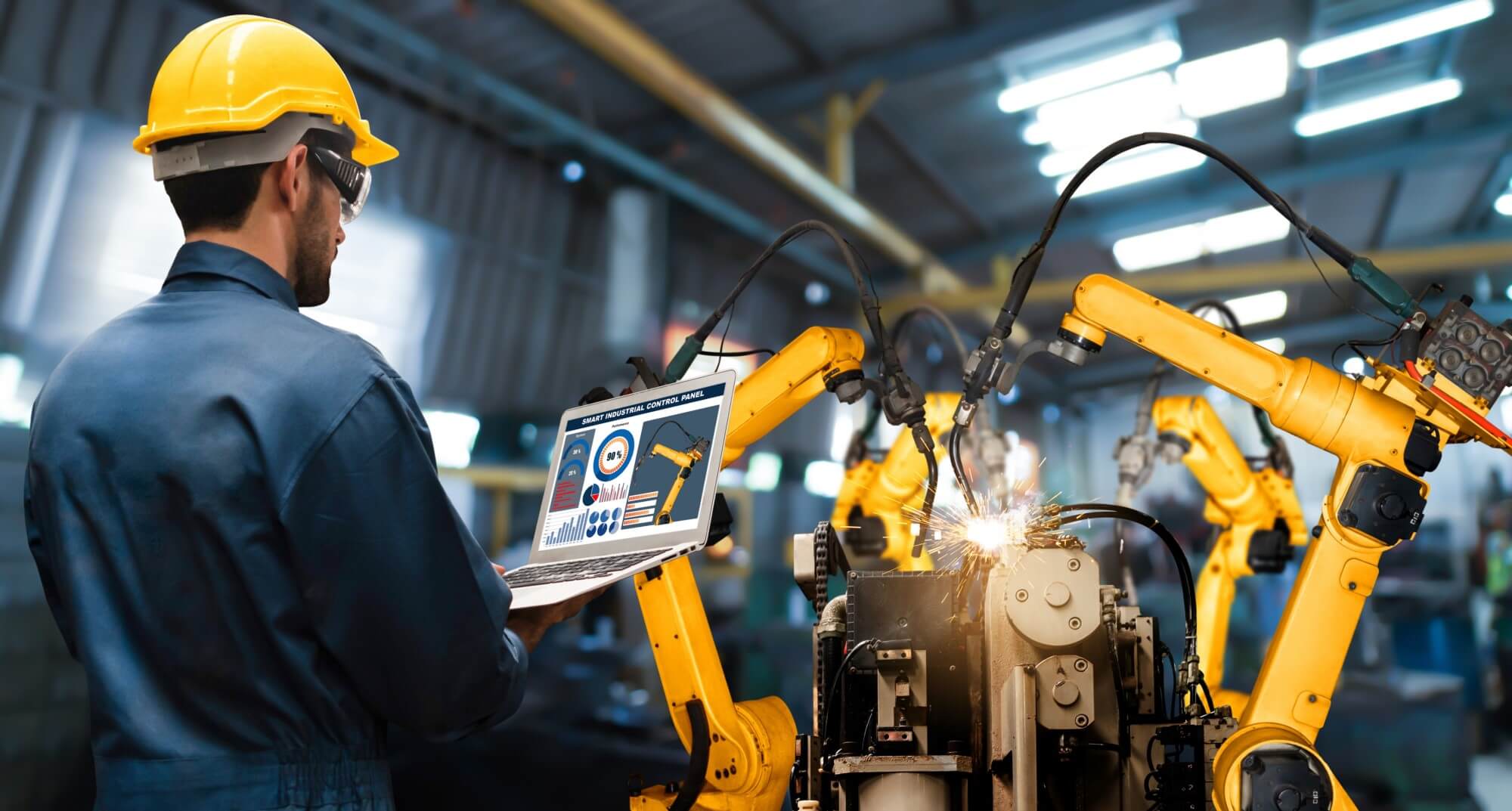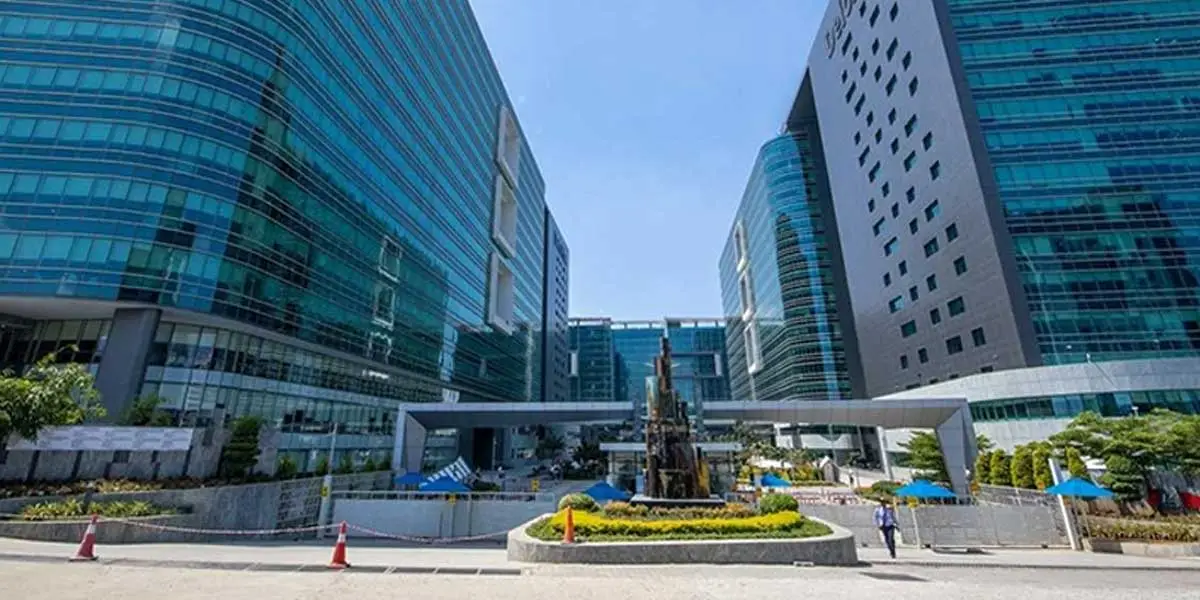production environments. The transition to smart factories requires a comprehensive digital strategy that aligns technology with business goals and improves both operational efficiency and customer satisfaction.
Lets explores the strategies manufacturers can adopt to implement digital transformation and build Smart Factories, drawing insights from reputed industry analyses and surveys to highlight the emerging trends and best practices.
1. Understanding Smart Factories and Digital Transformation
At the heart of digital transformation lies the concept of the Smart Factory, a facility where advanced technologies like automation, cyber-physical systems (CPS), IoT, and AI work together to enhance manufacturing processes. A Smart Factory is data-driven, with interconnected machines and systems that not only communicate with each other but also make autonomous decisions to optimize production in real-time.
Key elements of Smart Factories include:
- Connected Systems: Integration of IoT devices, sensors, and machines that collect and share data.
- Data Analytics and AI: Advanced algorithms and machine learning models that help analyze big data to make real-time decisions and predictions.
- Automation and Robotics: The use of robots and automated systems to perform tasks more efficiently and with higher precision.
According to a report by McKinsey & Company, digital transformation in manufacturing can increase productivity by 20-30%, while also enhancing flexibility and improving the customer experience.
2. Key Strategies for Building Smart Factories
Building a Smart Factory requires manufacturers to focus on several strategic initiatives to successfully integrate technology into their operations. Here are the primary strategies that can help in the digital transformation journey:
A. Data-Driven Decision Making
The foundation of any Smart Factory is data. Manufacturers must start by leveraging the massive amounts of data generated by machines, sensors, and production lines to drive insights. Real-time data analytics helps in making better operational decisions, such as optimizing production schedules, detecting faults early, and improving quality control.
- Actionable Insights: Implement advanced analytics tools and machine learning algorithms that help identify patterns and predict equipment failures or potential bottlenecks.
- AI and Machine Learning: These technologies allow for predictive maintenance and better resource allocation.
B. Integration of IoT and Cyber-Physical Systems (CPS)
One of the most critical components of a Smart Factory is the Internet of Things (IoT). By connecting machines and equipment through the IoT, manufacturers can create a network of devices that communicate and share data to optimize the production process.
- Connected Equipment: IoT-enabled devices allow for monitoring and controlling manufacturing equipment remotely.
- Cyber-Physical Systems (CPS): These systems enable seamless interaction between the physical machines and digital technologies, enhancing automation.
According to the World Economic Forum (WEF), nearly 30% of manufacturers have started deploying IoT technology, with most reporting substantial improvements in productivity and cost reductions.
C. Automation and Robotics
Automation is essential for Smart Factories. By integrating robotic systems and autonomous mobile robots (AMRs), manufacturers can significantly reduce downtime, improve safety, and increase the speed of production.
- Collaborative Robots (Cobots): Unlike traditional robots that work in isolation, cobots work alongside human operators, helping them with tasks that require repetitive actions or precision.
- Automated Guided Vehicles (AGVs): These vehicles transport materials, reducing human labor and enhancing production efficiency.
In a PwC survey, 56% of manufacturers said that robotics and automation were their top priorities for digital investment over the next five years.
D. Artificial Intelligence and Predictive Maintenance
AI technologies, including machine learning (ML) and deep learning, enable manufacturers to leverage data in ways that enhance operational decision-making. AI can identify inefficiencies, optimize supply chains, and improve quality control through continuous analysis of production data.
- Predictive Maintenance: AI models analyze data from machines to predict when maintenance is required, preventing costly downtime.
- Quality Control: AI systems use computer vision and machine learning to detect product defects and errors faster than human inspectors.
The Boston Consulting Group (BCG) has reported that predictive maintenance could reduce equipment downtime by 30-50% and cut maintenance costs by 10-40%.
E. Cloud Computing and Big Data
In order to handle the massive amounts of data generated by connected devices, Smart Factories rely on cloud computing. Cloud platforms enable manufacturers to store, analyze, and share data more efficiently across different departments and locations.
- Cloud Integration: Cloud platforms offer scalability and flexibility, allowing manufacturers to easily manage data from multiple sources and departments.
- Big Data Analytics: Using cloud-based tools, manufacturers can process large datasets and derive actionable insights in real-time, enabling them to make informed decisions quickly.
F. Cybersecurity
As manufacturers digitize their operations, cybersecurity becomes increasingly crucial. With the growing interconnectivity of devices and systems, securing data and equipment from cyber threats is a top priority.
- Advanced Security Measures: Manufacturers need to adopt robust cybersecurity protocols to safeguard sensitive information, such as production data and intellectual property.
- Employee Training: Ensuring that employees are educated on cybersecurity risks and best practices is crucial to maintaining a secure Smart Factory environment.
According to Gartner, cybersecurity is one of the top 5 technology concerns for manufacturing companies, with over 80% of organizations citing cybersecurity as a critical focus area.
3. Challenges in Adopting Digital Transformation
While the benefits of digital transformation and Smart Factories are clear, the journey comes with its own set of challenges:
- Cost of Implementation: Adopting advanced technologies such as robotics, AI, and IoT can require significant upfront investment.
- Skill Shortages: A lack of skilled workers who can manage and operate advanced technologies is a barrier for many manufacturers.
- Data Security: With increased connectivity, ensuring the security of sensitive data is a top priority.
4. Conclusion: The Future of Manufacturing
Digital transformation is the key to building the next generation of Smart Factories. By leveraging technologies like IoT, AI, automation, and big data, manufacturers can create more efficient, agile, and customer-centric production environments.
To ensure success, manufacturers must develop a clear digital strategy, prioritize investments in technology, and focus on employee reskilling. While the path to a fully digitized manufacturing environment is complex, the rewards of increased productivity, reduced costs, and enhanced customer satisfaction are worth the effort.
Industry Insights & Survey Reports:
- McKinsey & Company: Report on digital manufacturing, showing a potential productivity increase of 20-30% through digital transformation.
- PwC 2020 Global Industry 4.0 Survey: A survey revealing that 56% of manufacturers are prioritizing robotics and automation investments.
- World Economic Forum: Insights into the adoption of IoT technologies in manufacturing, with 30% of manufacturers already deploying IoT.
- Boston Consulting Group (BCG): Report on predictive maintenance, predicting a reduction in equipment downtime by 30-50%.









